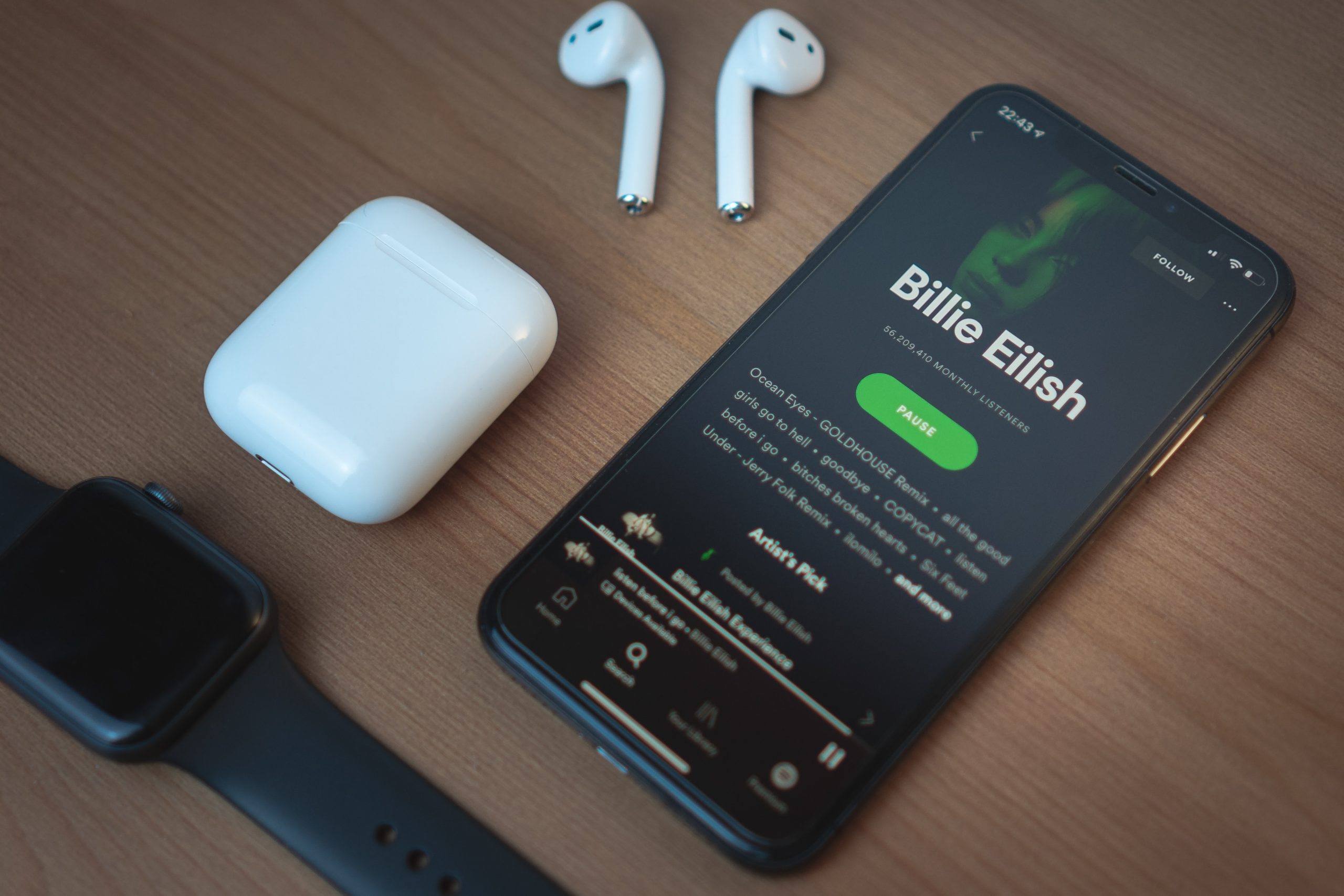Note: This is a guest post written by Jeeva Shanmugam. You can reach him on Instagram, X, or email – A fundamental shift is taking place in the wide area of the internet, which was previously an open sea of limitless possibilities. The era of free information and entertainment is gradually giving way to a new reality characterized by paywalls, expensive subscriptions, and varying service levels. This transition, molded by the interaction of economics, technology, and user behavior, threatens the internet’s essential essence: freedom. Let’s discuss what’s happening.

Why do Companies Attack Free Users?
Spotify’s Limitation of Free Songs
Spotify’s recent decision to limit skips for free users is a striking example of this shift. The days of listening to ad-supported, uninterrupted music are numbered. Skips are now limited for free users, forcing them to either endure more advertisements or for the $9.99 Premium subscription. This short-term benefit has created dissatisfaction among devoted users, who perceive a change from the formerly liberated free experience.
YouTube’s Premium Play
YouTube, the video powerhouse, is also experimenting with subscription services with YouTube subscription. It caters to individuals ready to pay for extra privileges by providing ad-free streaming, background play, and exclusive material for a monthly charge.
However, concerns have been raised concerning the future of content accessibility for normal consumers. Could popular channels soon disappear behind paywalls, giving free consumers a subpar experience?
Economics of the Internet
Due to the economic realities of holding large libraries of music, films, and data, companies such as Spotify and YouTube are embracing paid approaches. Maintaining such systems necessitates significant infrastructure and bandwidth.
With ad-based revenue dropping due to ad blockers and lower consumer attention spans, businesses must choose between accepting shrinking profitability and exploring new revenue streams. The transition to premium internet services has resulted in winners and losers. Netflix, an early subscriber, controls the streaming business. On the other hand, platforms like SoundCloud, which rely significantly on ad revenue, are struggling to adjust to this new scenario.
Public Sentiments
Consumer reactions differ. Some people like the convenience and ad-free experience that premium services provide, but others, particularly those on restricted budgets, feel left out due to the escalating cost of online access. This digital divide has the potential to exacerbate existing inequalities by restricting access to information and entertainment for individuals with limited financial resources.
From Free-for-All to Pay-to-Play
In the early days of the internet, free and open access drove tremendous growth by democratizing knowledge and establishing a dynamic online community. The free-for-all paradigm, however, became untenable as the internet evolved and infrastructure costs skyrocketed. While paid services ensure platform sustainability, they may have hindered expansion as access becomes increasingly dependent on financial resources.
The open internet’s future is dubious. Some expect a total move to subscription models, with only little open access remaining. Others envisage new solutions that blend affordability and sustainability, such as micropayments or tiered free-to-premium models.
Deciphering the impact of internet expansion is like deciphering a maze of intricacies. Initially, the shift to paid models may raise eyebrows – a possible disadvantage as free users look for more cost-effective options or simply leave, signifying a threat to growth. However, a growing paid user base has the potential to revitalize content production and platform advancements, guaranteeing an enhanced experience for those willing to contribute.
How do Investors Affect These Models?
However, the repercussions go beyond consumers; investors, formerly enamored with the “freemium” model, are now chanting a different tune, demanding profitability. This rising pressure drives businesses to shift their focus toward paid subscriptions, even if it means alienating some loyal customers.
The wait is finally over. Companies waited their turn, collecting massive user bases and amassing massive amounts of data while generously offering their services for free. It’s finally time to cash in. The future of the internet is a mystery that has yet to be solved. Will we see a return to a more open, user-centric approach, or will paid walls become the new normal, relegating free access to a skeletal, ad-laden encounter?
The answer lies in the complicated dance of user tolerance, technical developments, and, perhaps most importantly, corporate resolve to favor long-term user advantages over short-term profits. One thing is certain, the era of easy, limitless internet access is passing into history. We are at a tipping point, and the decisions we make now will shape the digital world for future generations.
The fundamental concern remains: Will the internet, which was once a sanctuary for limitless research, become a gated community accessible only to those who can afford the subscription fee? The answer is in the hands of time.
Wrapping It All
I only scratch the surface of the complexities of this contentious subject. The paid internet’s impact goes beyond music and video streaming, diving into concerns of information access, digital equity, and the core nature of the internet. Navigating this uncertain future necessitates open and educated debates about the internet’s role in our lives and the ideals we cherish in the digital age.






